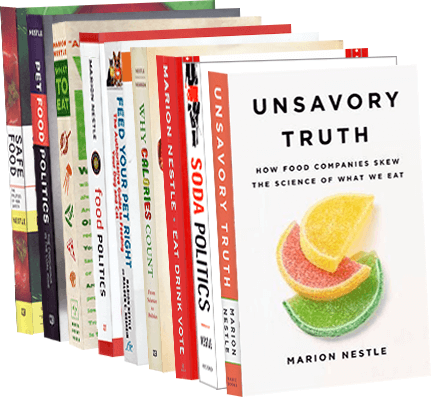The Department of Health and Human Services has just released a huge report from an expert panel on the potential toxicity of bisphenol A, a component of polycarbonate plastic bottles widely used to package bottled water, milk, and infant formulas. The Department initiated the report because of suggestions that bisphenol A disrupts endocrine function or causes prostate cancer in laboratory animals. The panel looked at all the studies it could find examining the effects of high and low dose bisphenol A on fetal development, reproductive function, accelerated onset of puberty, and prostate cancer.
I found the report a struggle to read, in part because it is so long (384 pages) and in part because it does not have an executive summary. The panel’s conclusions, which come way at the end, are also hard to figure out because they are expressed as degree of concern (negligible, minimal, or some) about the effects of bisphenol A on three groups: pregnant women, infants and children, and adults.
The good news is that the panel was surprised by how little evidence it found for adverse effects at either high or low doses. For adults its concern is negligible except for people who have high occupational exposures. For pregnant women, infants, and children, the panel has some concern about effects on the nervous system and behavior, but minimal concern about accelerated puberty. Mostly, the panel thinks more research is needed. The report is now open for comment.

